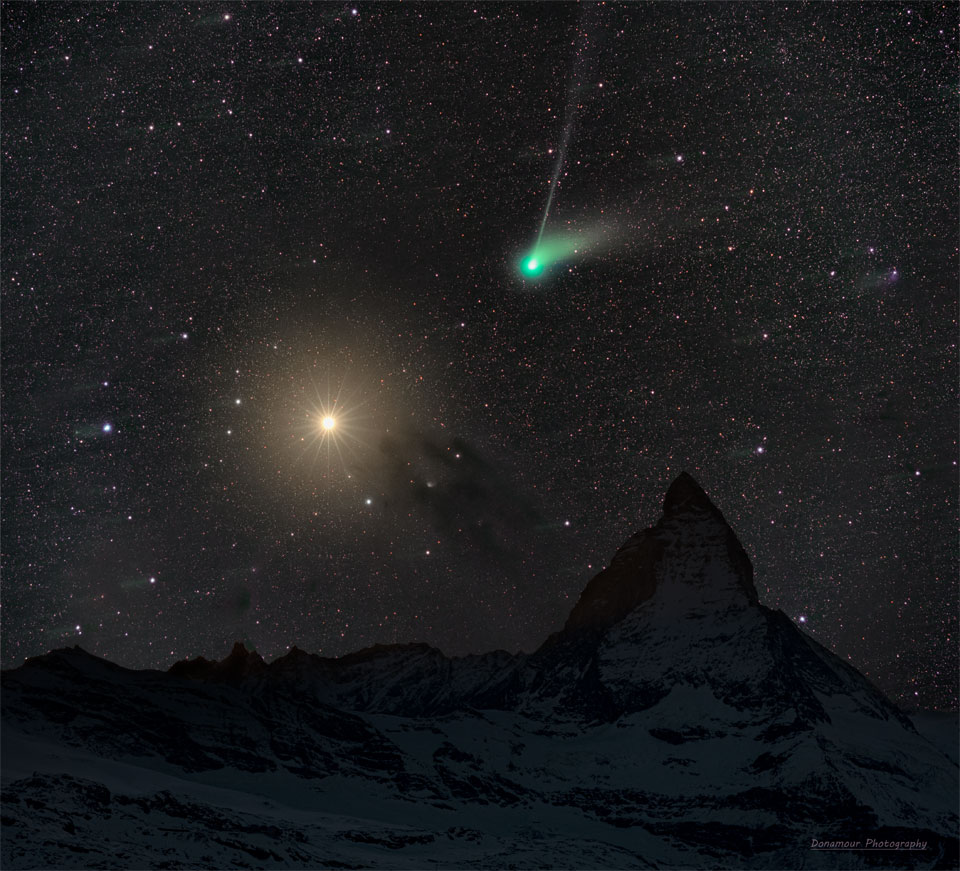御夫AE星和火焰恒星云
2023年3月1日 The Flaming Star Nebula Image Credit & Copyright: Thomas Röell Explanation: Is star AE Aurigae on fire? No. Even though AE Aurigae is named the Flaming Star and the surrounding nebula IC 405 is named the Flaming Star Nebula, and even though the nebula appears to some like a swirling f […]






